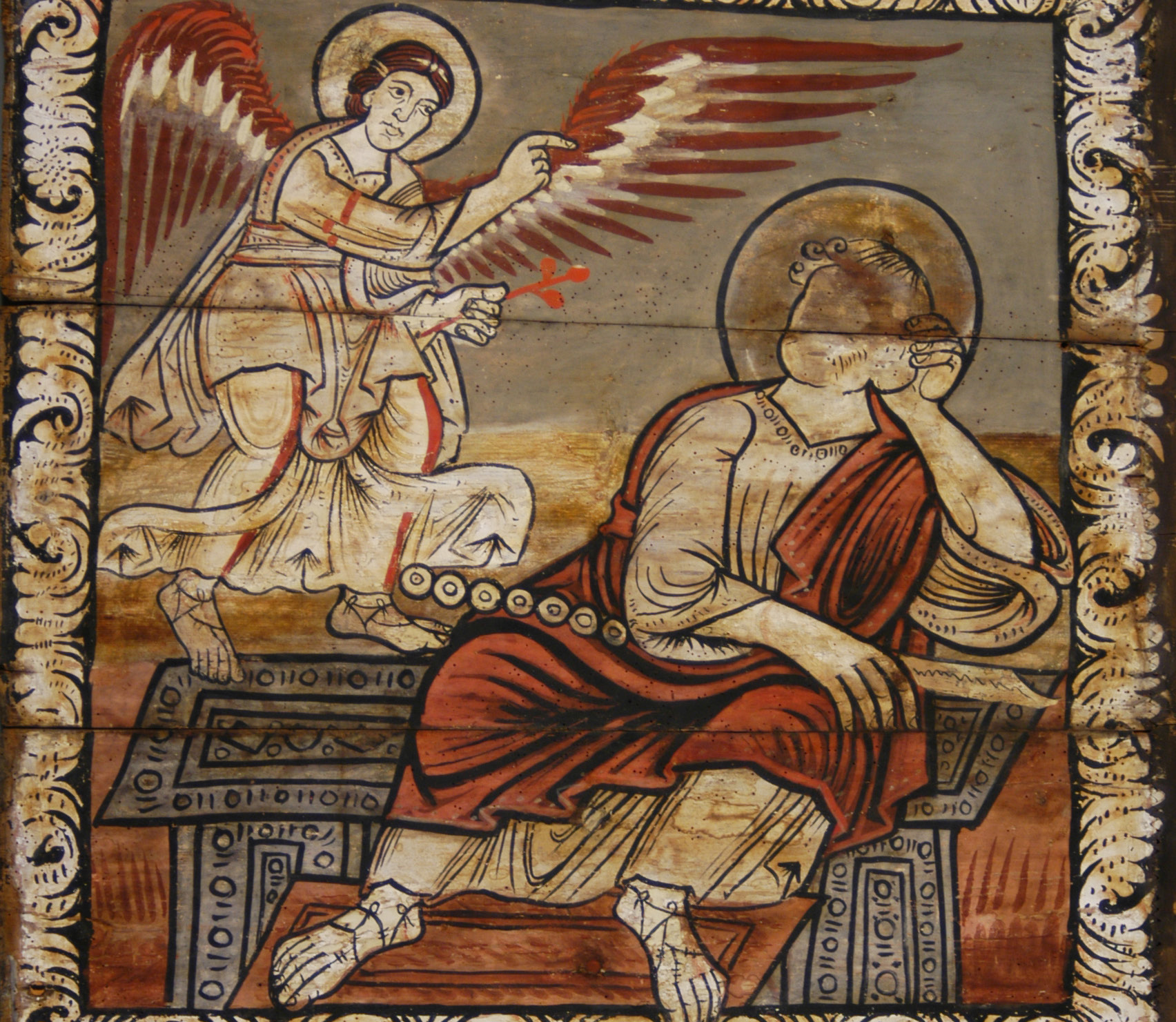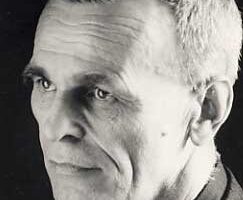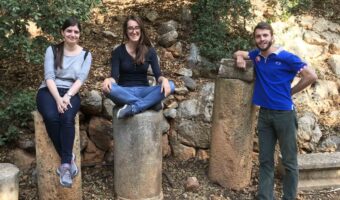Two of our friends, Prof. Anne-Catherine Baudoin (University of Geneva) and Prof. Stéphanie Anthonioz, are organising some excellent research and study days.
“Je vous salue Joseph”, international conference on 17 and 18 May in Paris (Collège de France / École normale supérieure)
compiled by Anne-Catherine Baudoin (University of Geneva) and Carlo Ossola (Collège de France)
Joseph is a secondary character in the New Testament, present only in the accounts of Jesus’ childhood. The scarcity of mentions in the canonical texts should come as no surprise: Jesus is the Son of God, the Incarnation takes place through Mary; there is no need for an earthly father other than to provide for the needs of the child and his mother. However, the secrecy of the Scriptures on this paradoxical father of the family, indispensable but useless, father and husband without being, present but absent, has led to a twofold movement in Christian traditions: Some keep a virtual silence on the man who ultimately played no role in the ministry of Jesus and was only an involuntary witness to the Incarnation; the others attest to a concern to generously enrich the representations of Jesus’ childhood by presenting a model father, in the context of devotion to a Holy Family that soon competed with the Trinity, a model husband, whose virtuous continence was praised, and a model worker, whose feast day in the 20th century was fixed for 1 May.
Studying a biblical figure and its reception allows us to take account of the way in which biblical material is continually the object of translation from one world to another and of infinite recuperation, and to recall that its possibilities of interpretation cannot be reduced to a single, eternally valid position. This encounter around the biblical figure of Joseph, Mary’s husband, is as much about deepening historical knowledge as it is about reflecting on tradition and the contemporary world.
(Programme du colloque)
“Les Chérubins | Keruvim”, study day in Lille, 17 May
Professors P. Abrahami and S. Anthonioz are organising this day to shed light on one of the many religious mutations at the turn of our era, when the hybrid creatures known as ‘cherubim’ (keruvim) became ‘angels’ and even represented one of the angelic classes closest to the divinity alongside the ‘seraphim’. To study this phenomenon, we propose to reconsider the textual and iconographic traditions of these entities, to follow their evolution, to trace possible influences between neighbouring systems of representation, and finally to show their reception both in the “celestial hierarchy” and in the renewed diversity of texts and images.
( Schedule of the day )
As Anne Catherine and Stéphanie are both teachers at the E.N.S., this post is also an opportunity to congratulate ourselves once again on the excellent collaboration between the Rue d’Ulm and the Ecole Biblique, and to thank Dr. Judith Rohman, who has taken over from Anne-Catherine as supervisor of the young Normaliens applying for mobility to come to Jerusalem as part of our A.M.I. programme.



